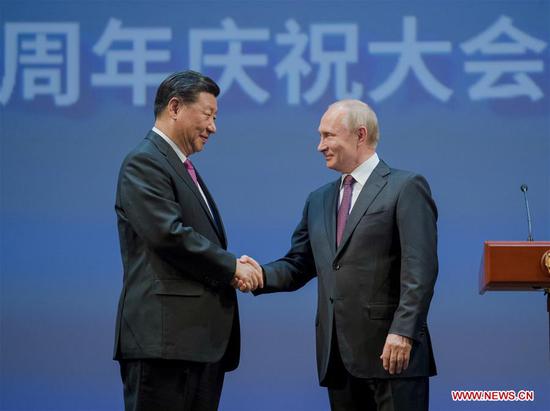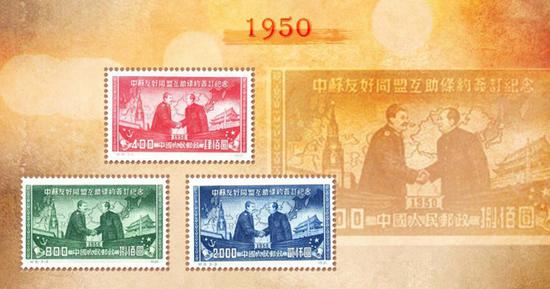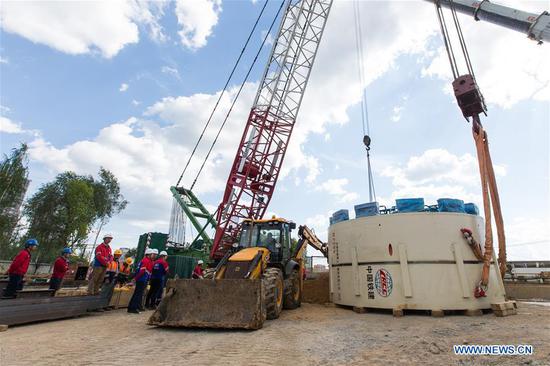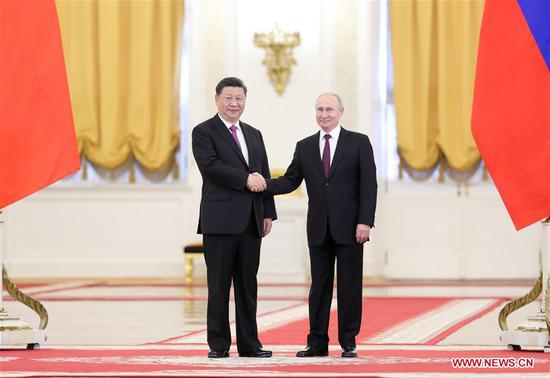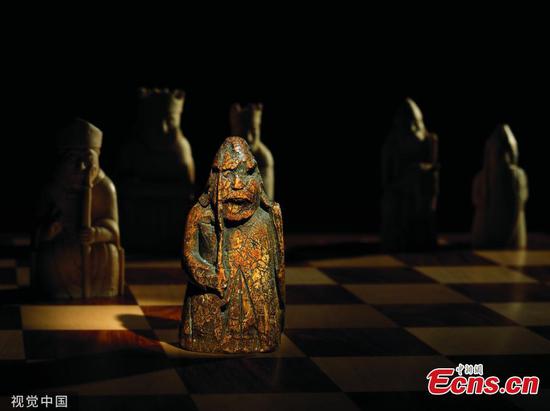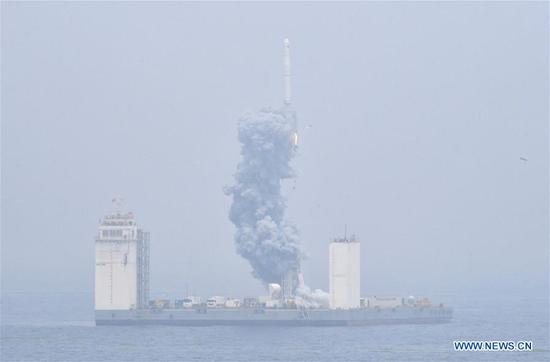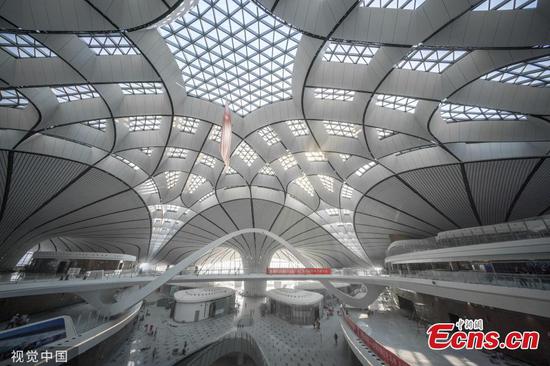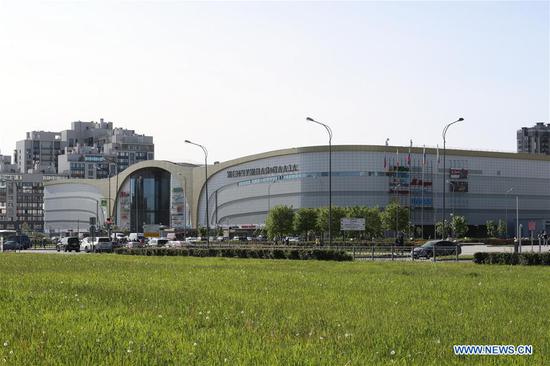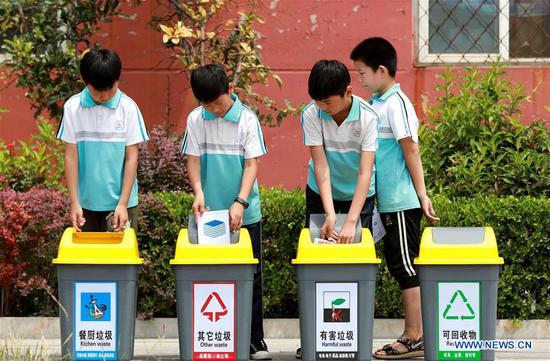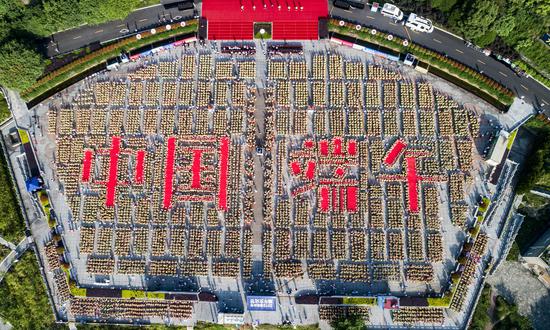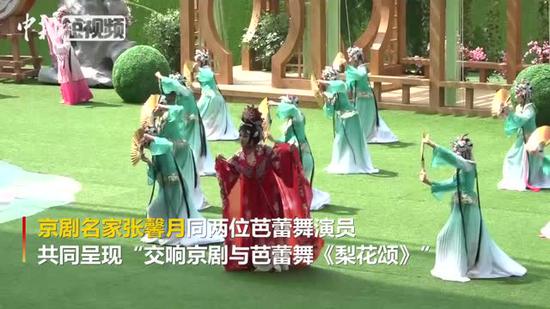
China's Ministry of Commerce spokesperson Gao Feng during a press conference in Beijing, capital of China, May 16, 2019. /Xinhua Photo
In the meantime, the U.S. economy is likely to suffer because of the higher tariffs. Many commentators have argued that American households will bear the brunt of the costs through higher prices and reduced consumption. The price of certain clothing items will rise, and it may be time to stock up on shoes – 69 percent of all shoes sold in the U.S. in 2018 came from China. Analysts at Oxford Economics estimate that if the Trump administration applies a 25-percent tariff on all goods imports from China, and China retaliates in kind, U.S. GDP growth in 2020 will fall by 0.5 percentage points.
As serious as the likely near-term impact is, a tariff war would have far worse long-term consequences for the U.S. economy. This is because a large share of U.S. imports from China is production inputs. Higher tariffs will make those inputs more expensive or scarcer, hurting U.S. productivity and competitiveness and taking a deep bite out of the economy's growth potential.
In 2018, for example, the U.S. imported 29.8 billion U.S. dollars' worth of clothing from China and a further 20 billion U.S. dollars' worth of leather and related goods. Higher tariffs on these products are likely to hit American consumers. But the U.S. spent far more on production inputs, including 186.5 billion U.S. dollars on computers and electronics, and a combined 88.6 billion U.S. dollars on electrical equipment and machinery. If tariffs on these goods remain high, the U.S. risks being outcompeted by other countries in the same way that it outcompeted Japan after the 1980s.
U.S. policymakers should also recall the experience of India, which until 1991 imposed sky-high tariffs to protect domestic producers. India's import barriers not only led to higher prices for Indian consumers, but also – and more important – hurt the very producers they were supposed to protect. With no access to quality inputs, Indian companies were not globally competitive. It was the government's reforms in 1991-1993, which reduced tariffs to more reasonable levels, that finally unleashed growth.
Interestingly, China is relying only partly on tariffs to respond to Trump, and is also resorting to other measures that are likely to cost it less – such as whipping up patriotic sentiment, targeting Boeing, and protecting its tech companies. China is essentially biding its time, knowing that the U.S. is unlikely to persist with high tariffs for too long. And if it does, it will end up ceding space in the global economy to China.









